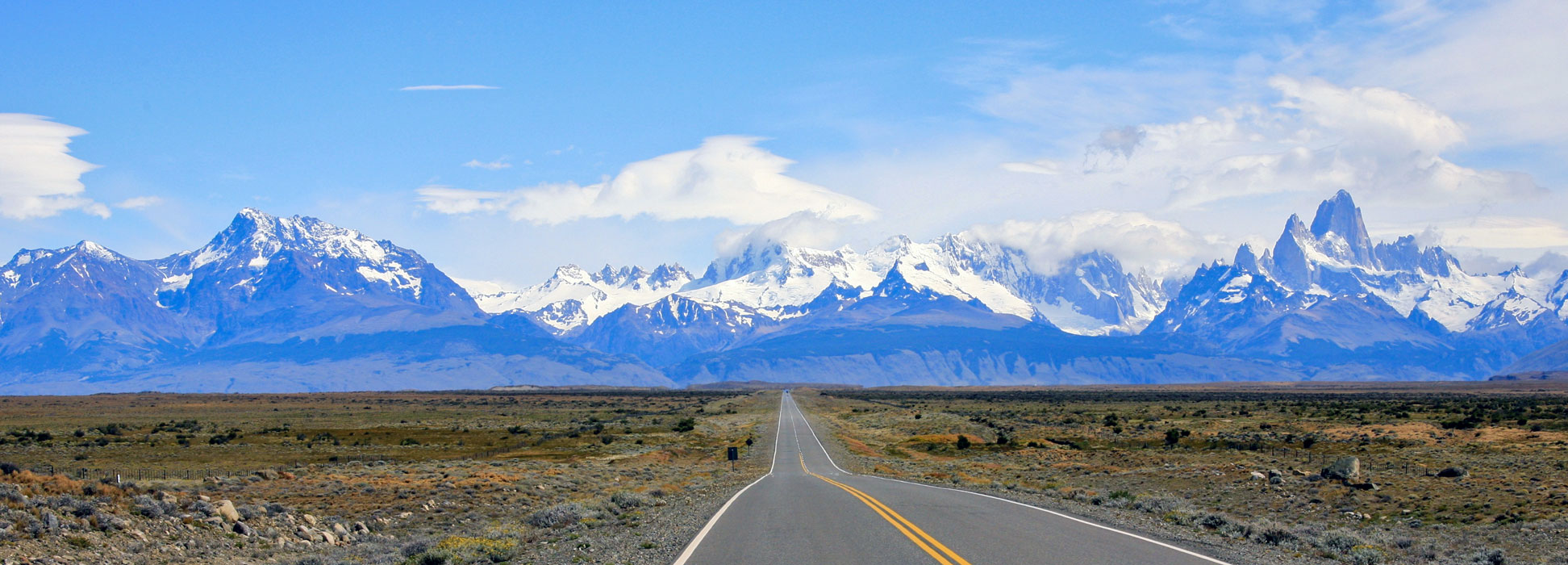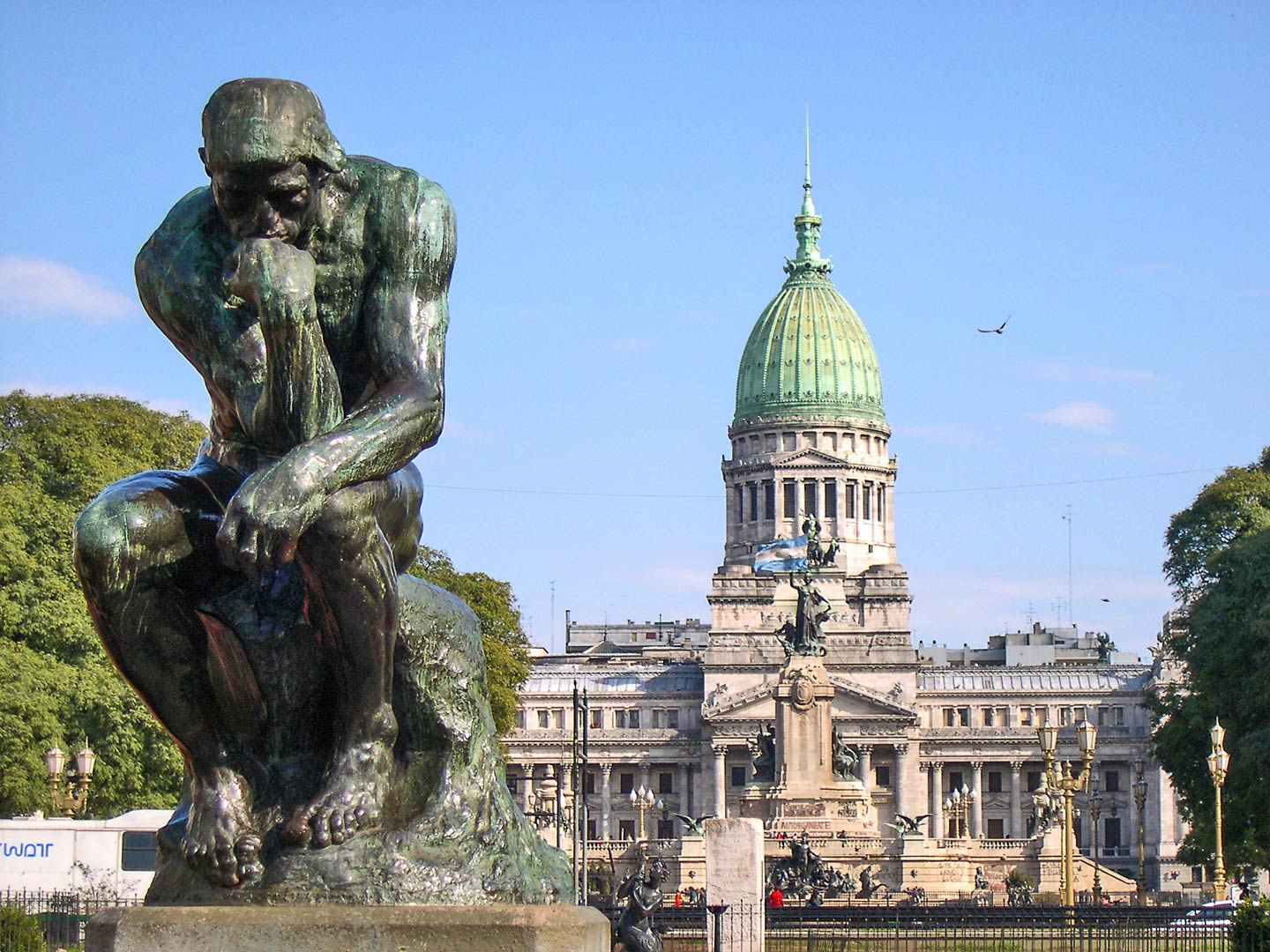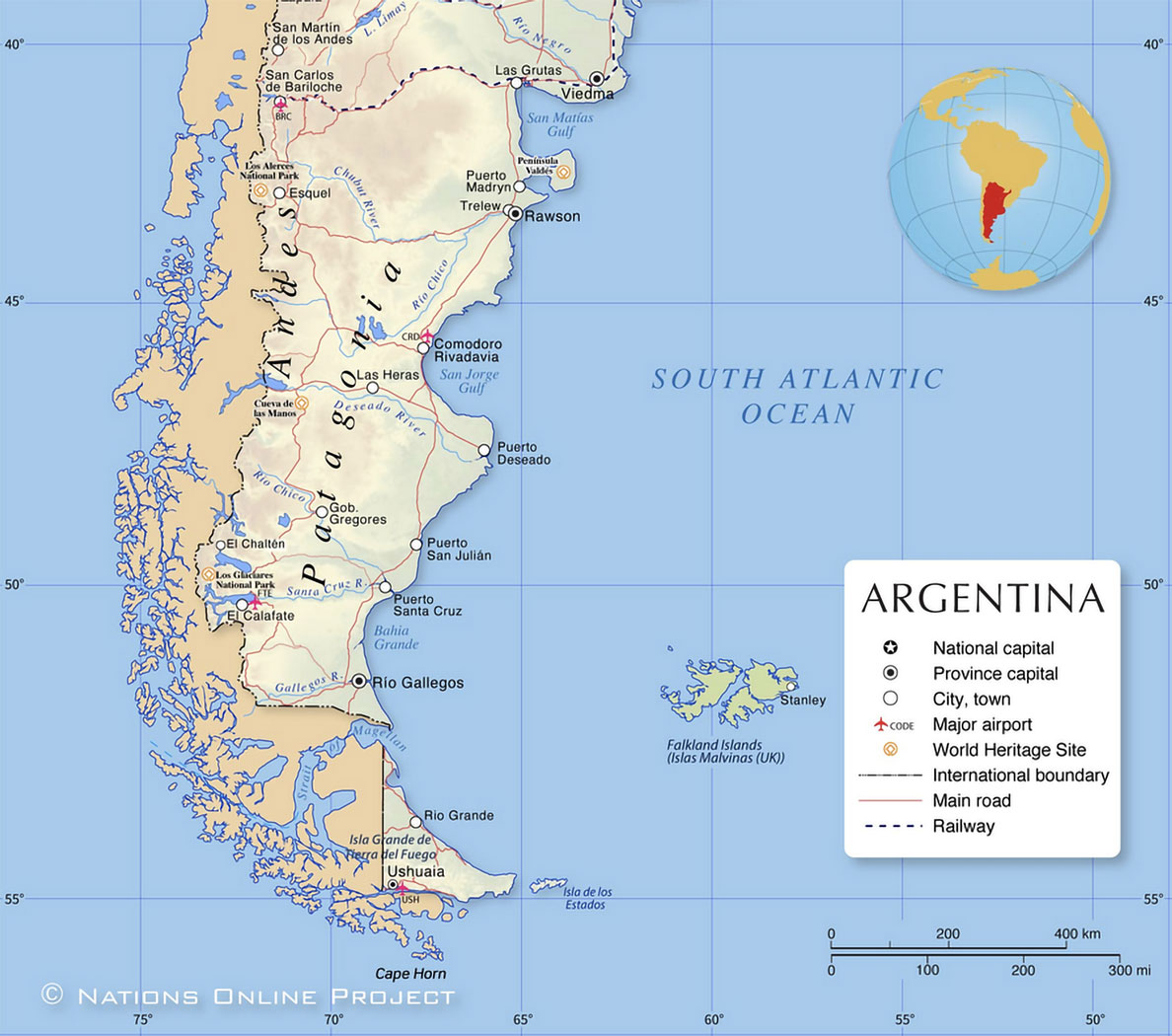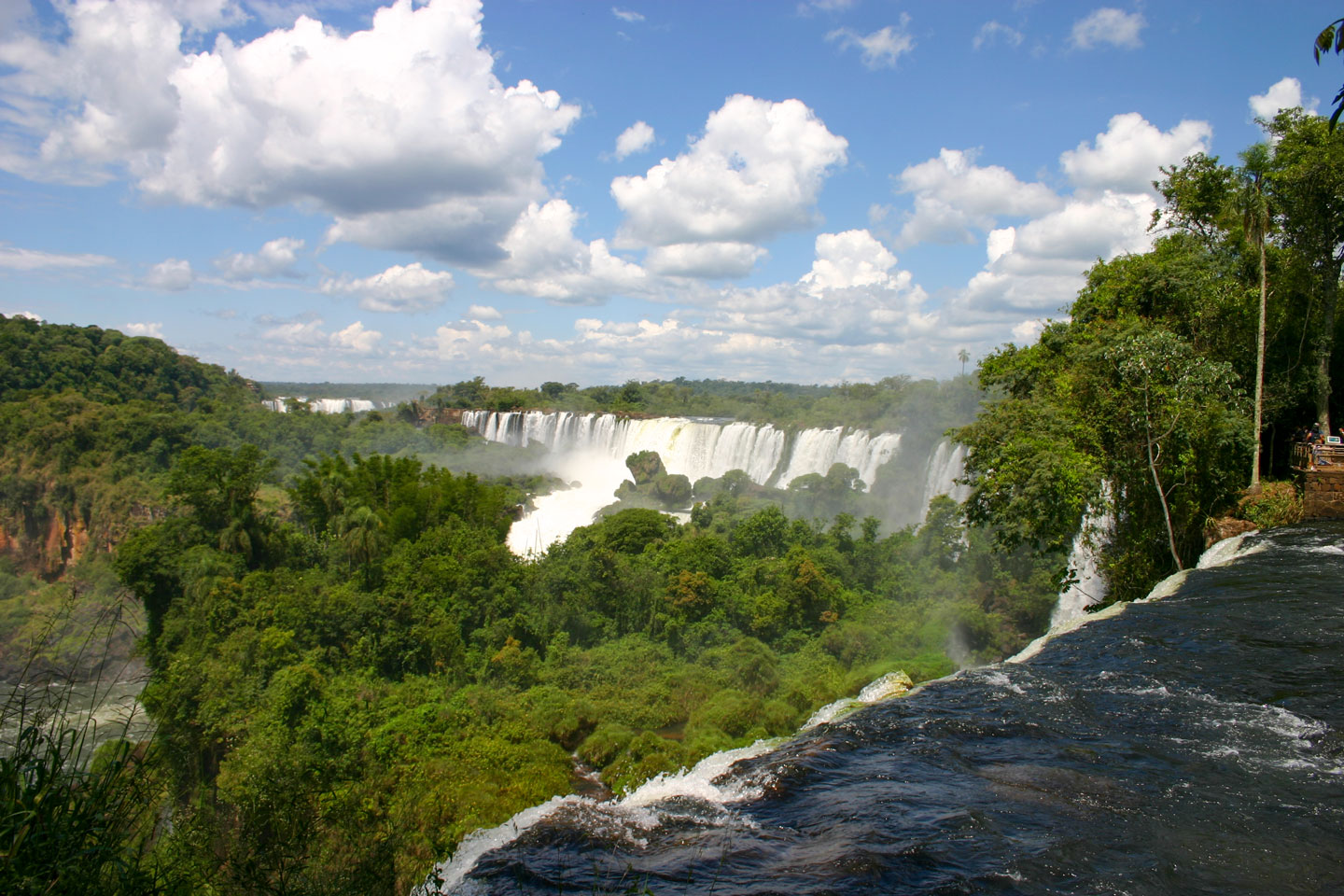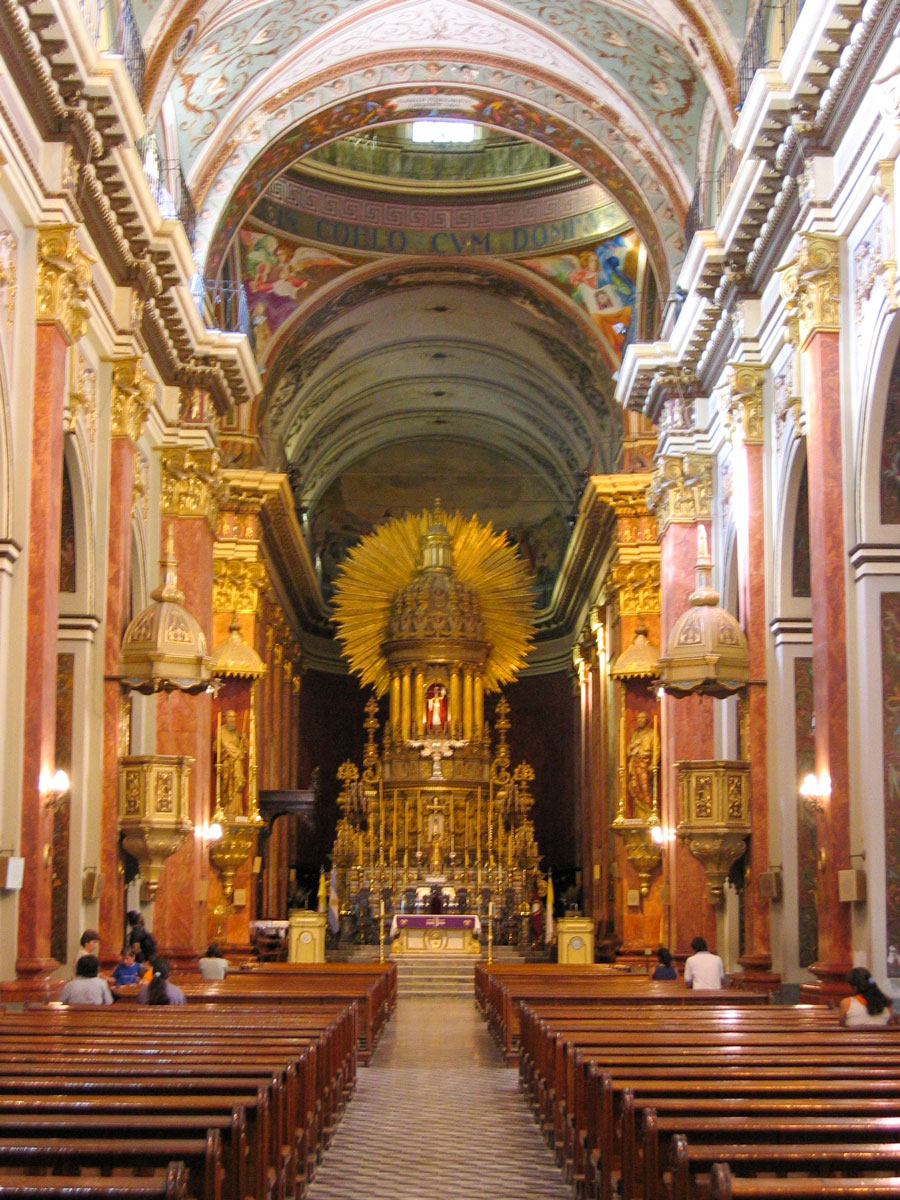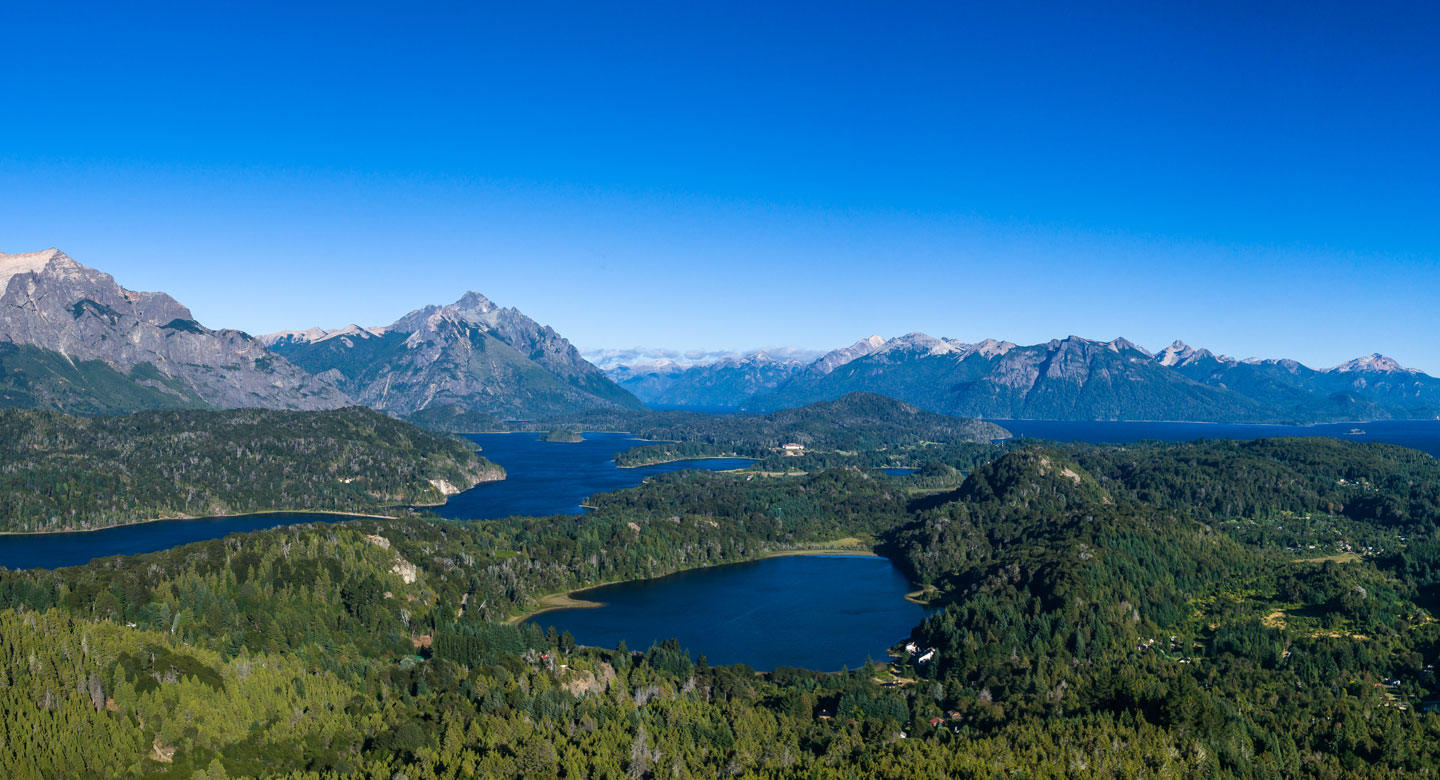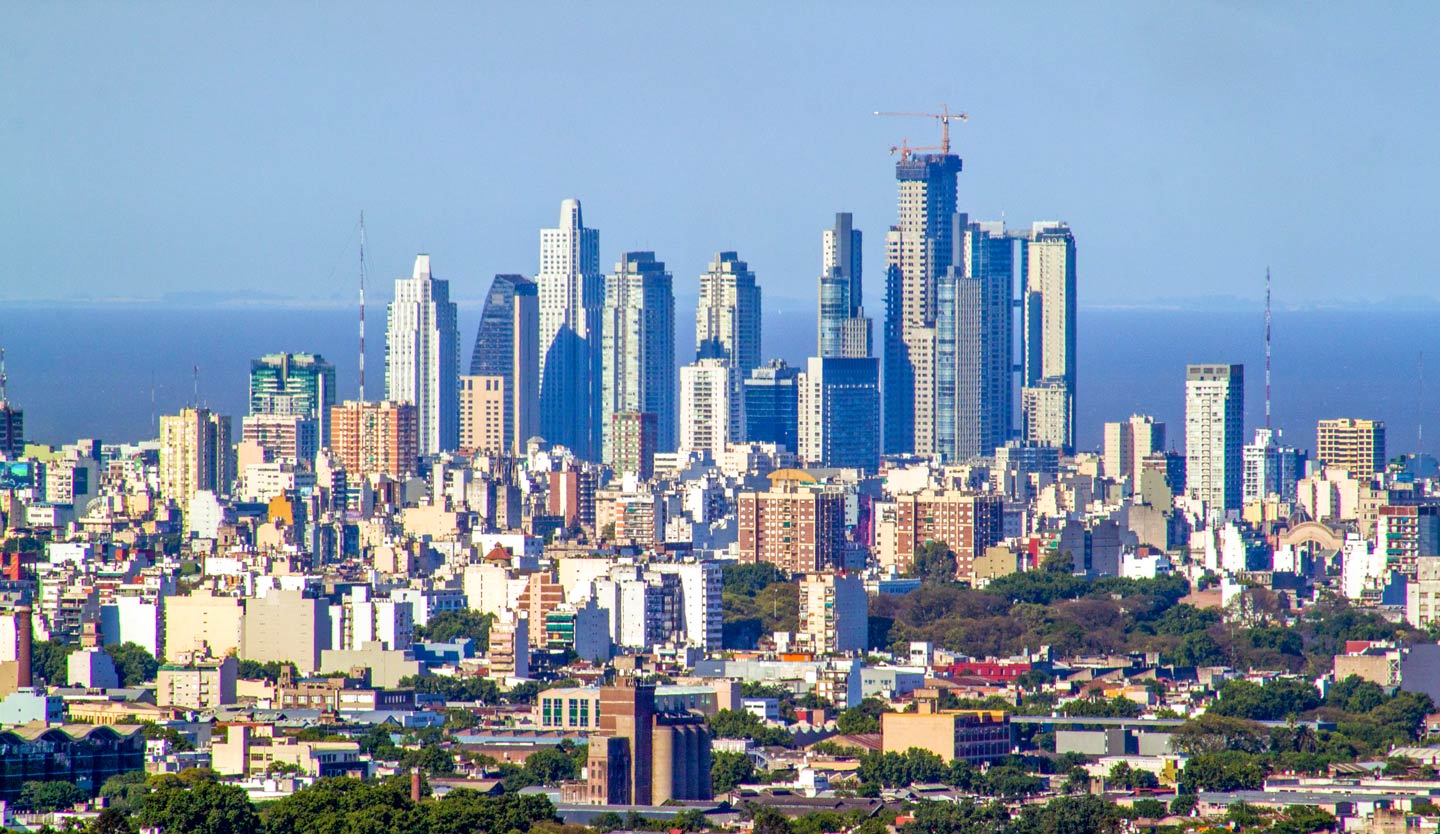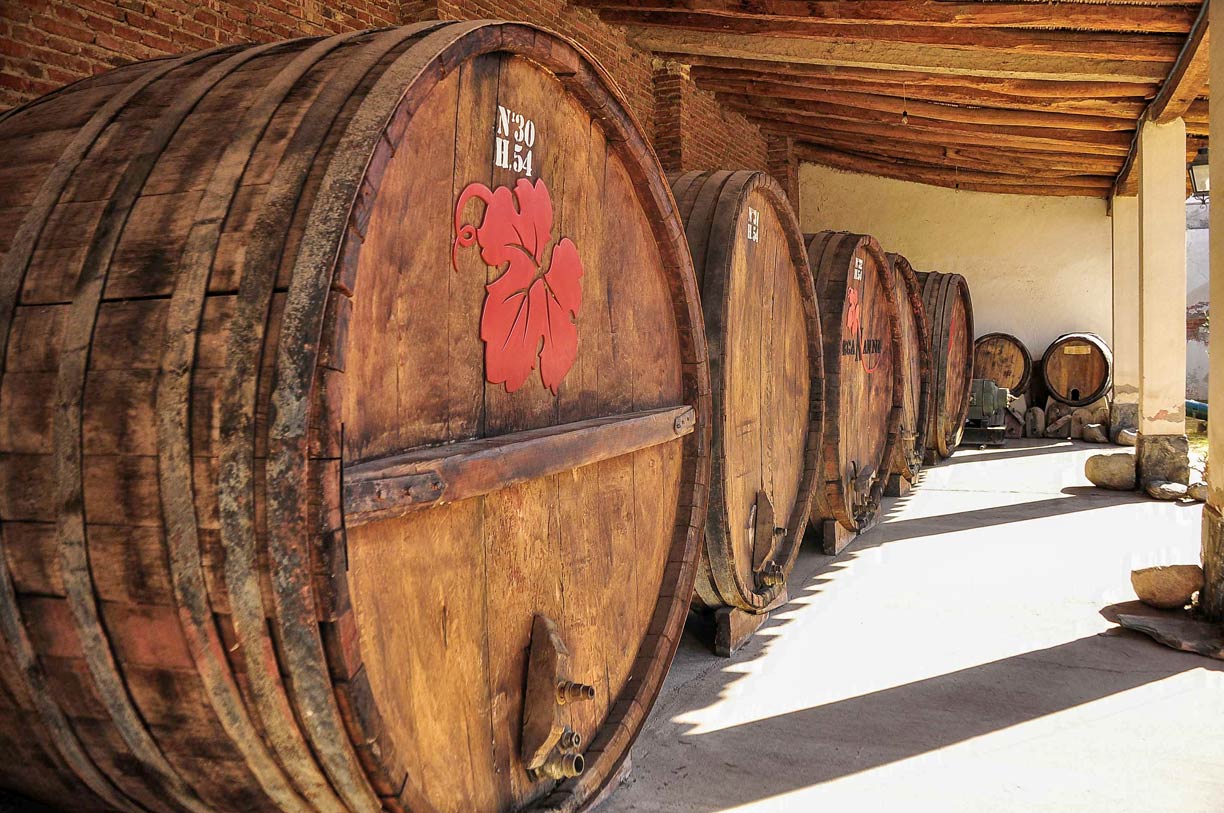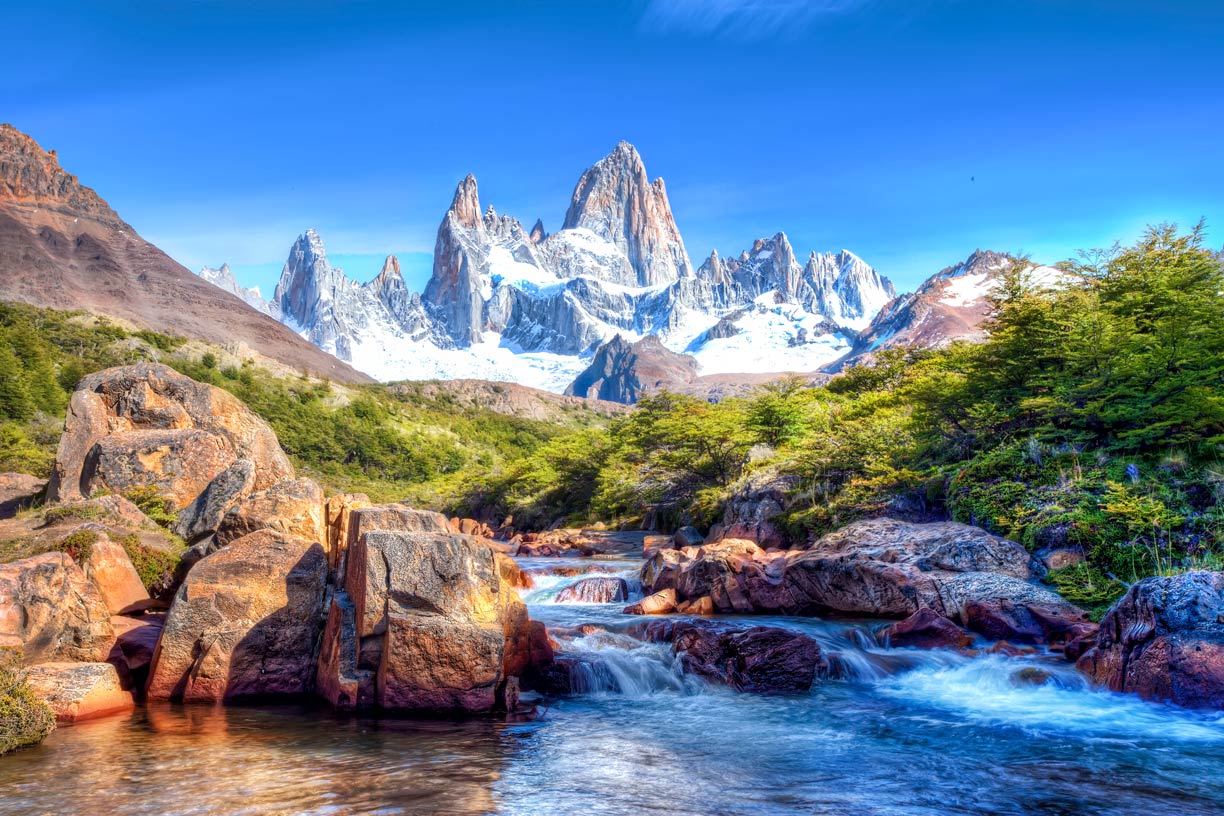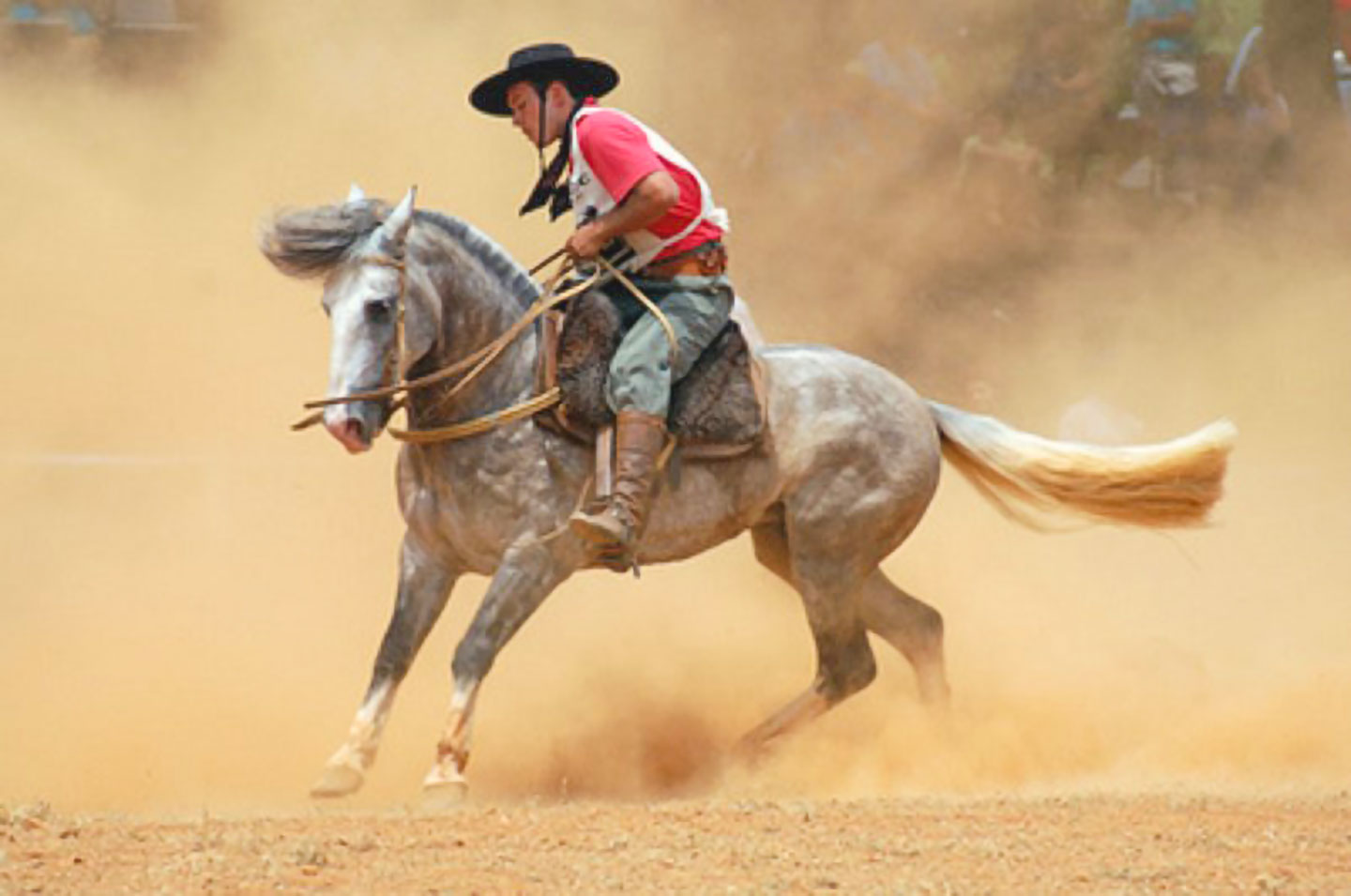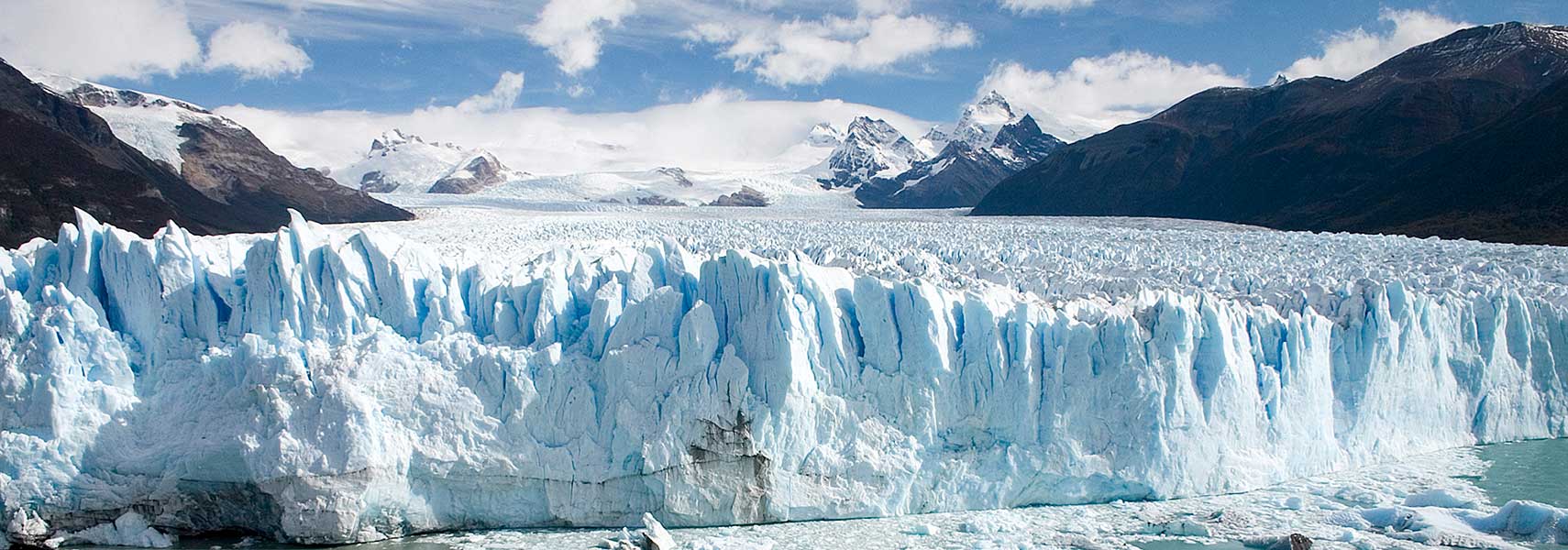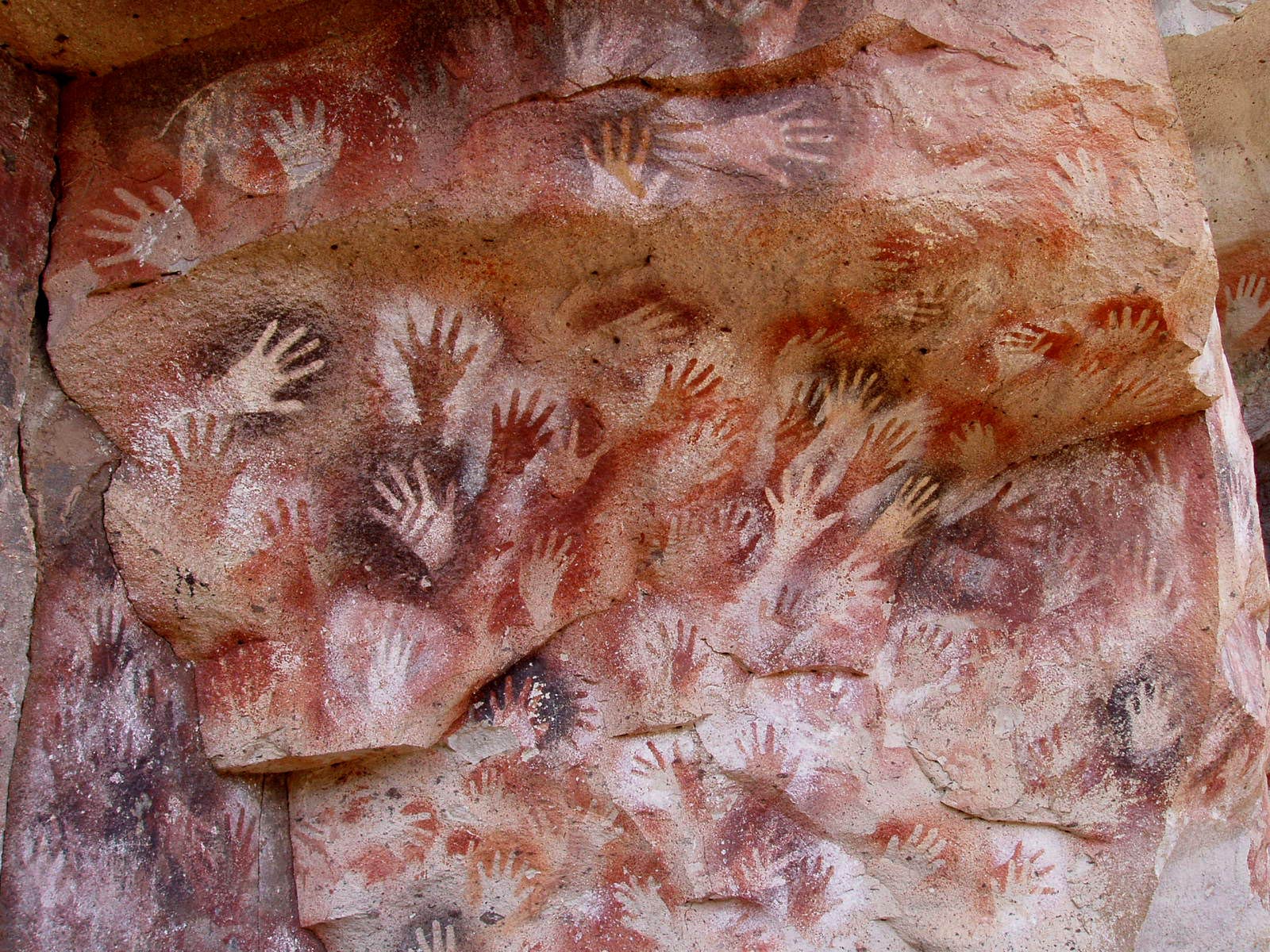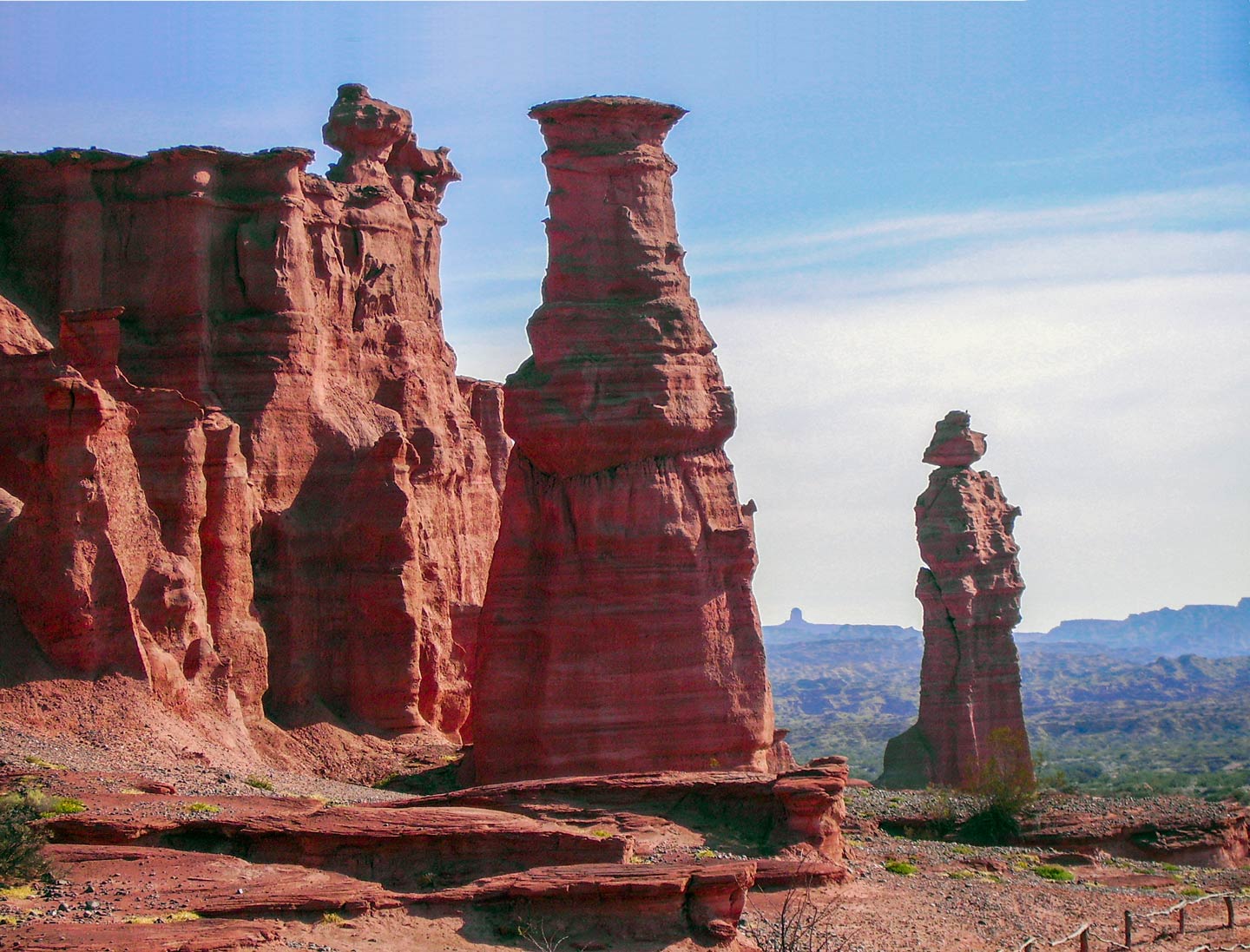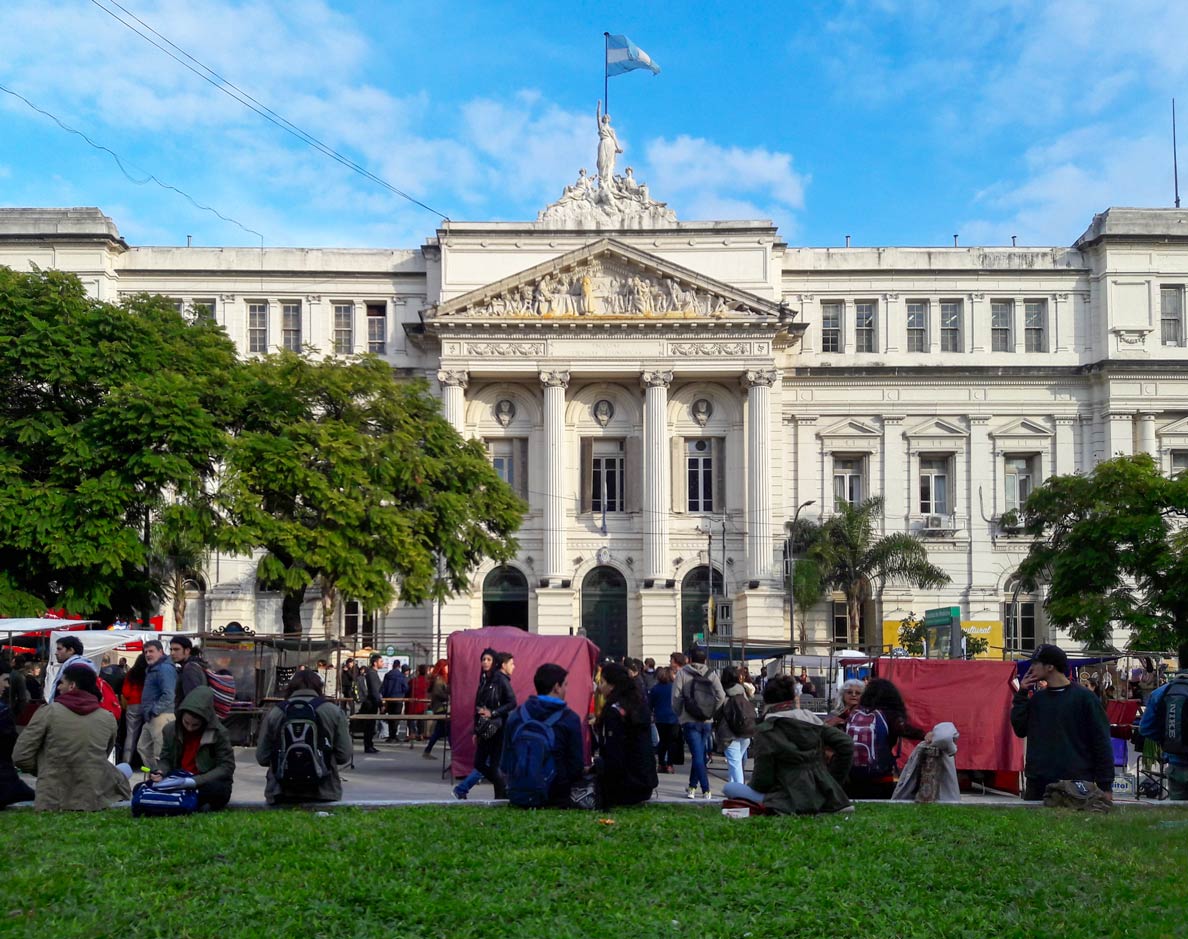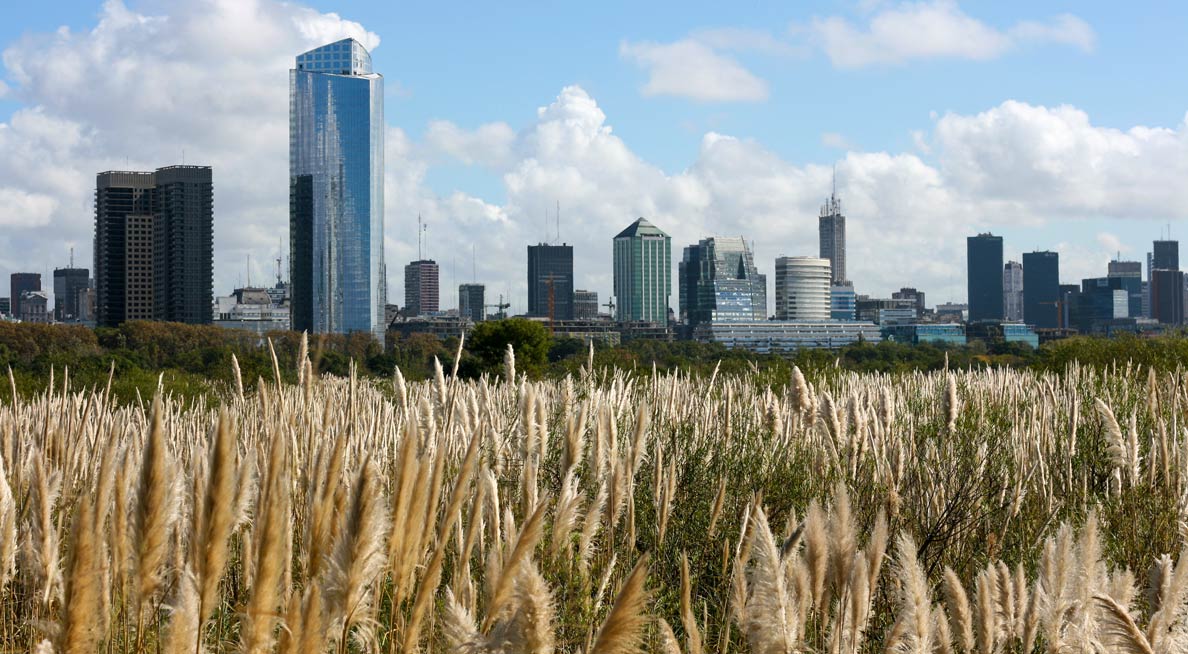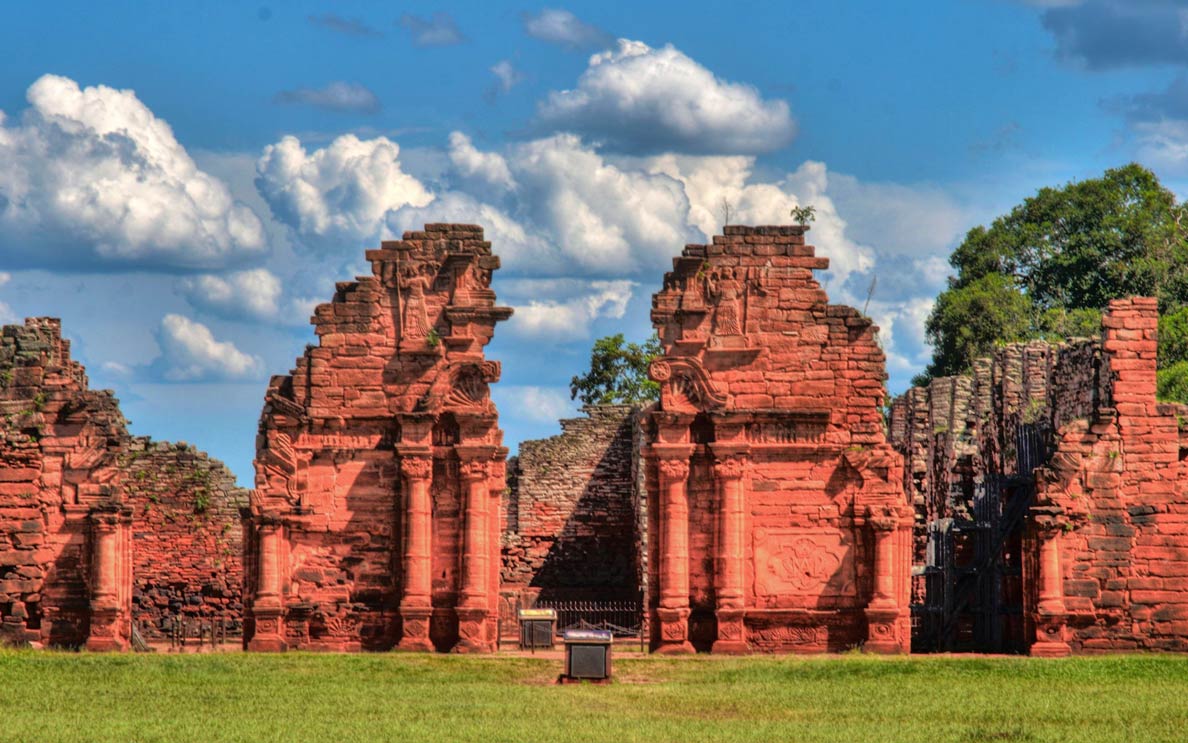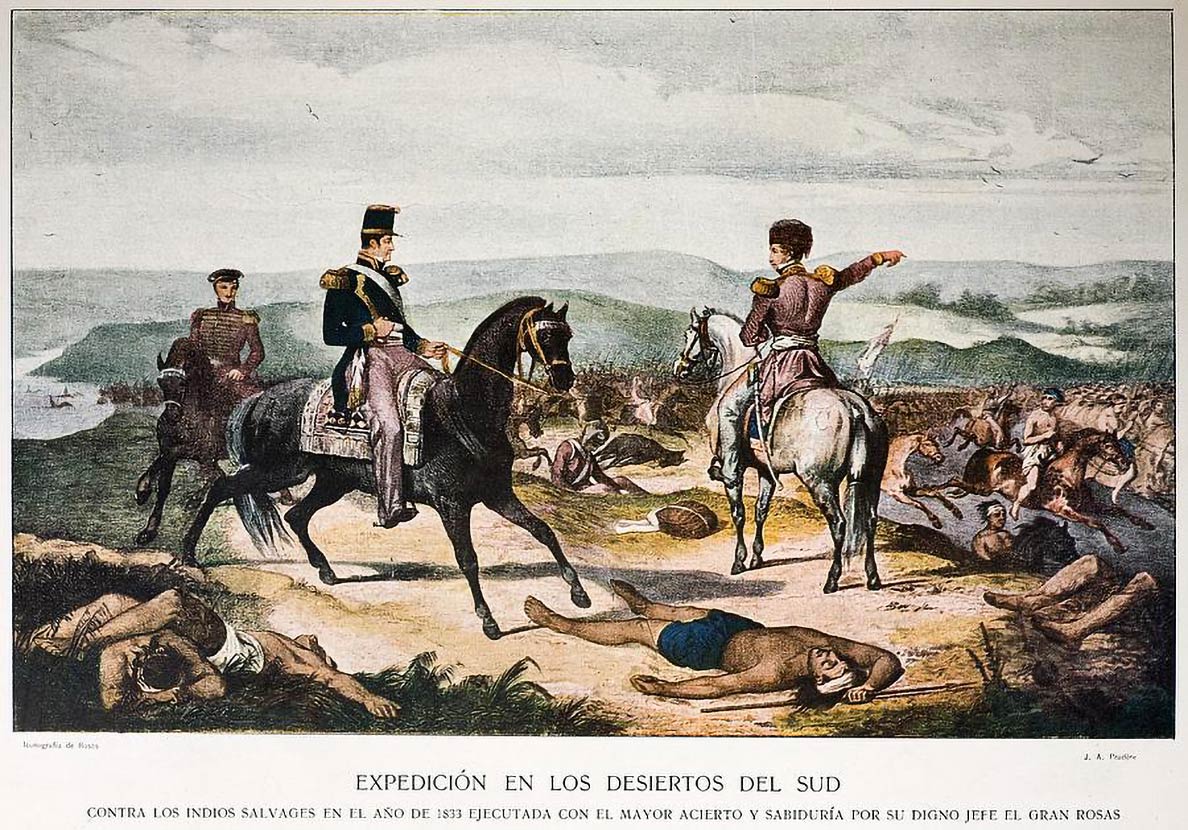Business & Economy of Argentina
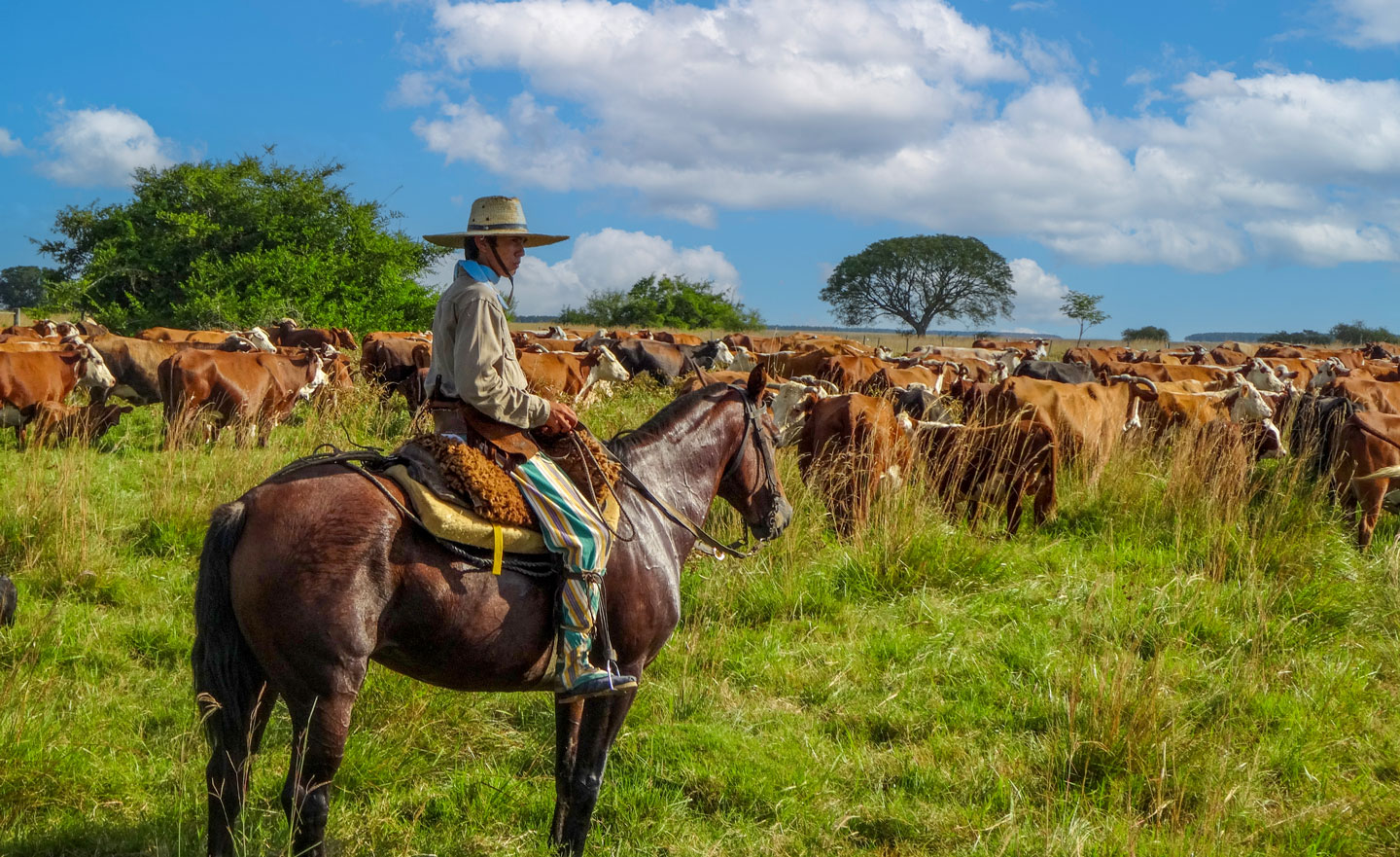 Argentina's famous beef still on the pasture. Gaucho with a herd of cattle in the grasslands of the vast pampas.
Image: pxhere
Economy of Argentina
Argentina's famous beef still on the pasture. Gaucho with a herd of cattle in the grasslands of the vast pampas.
Image: pxhere
Economy of Argentina
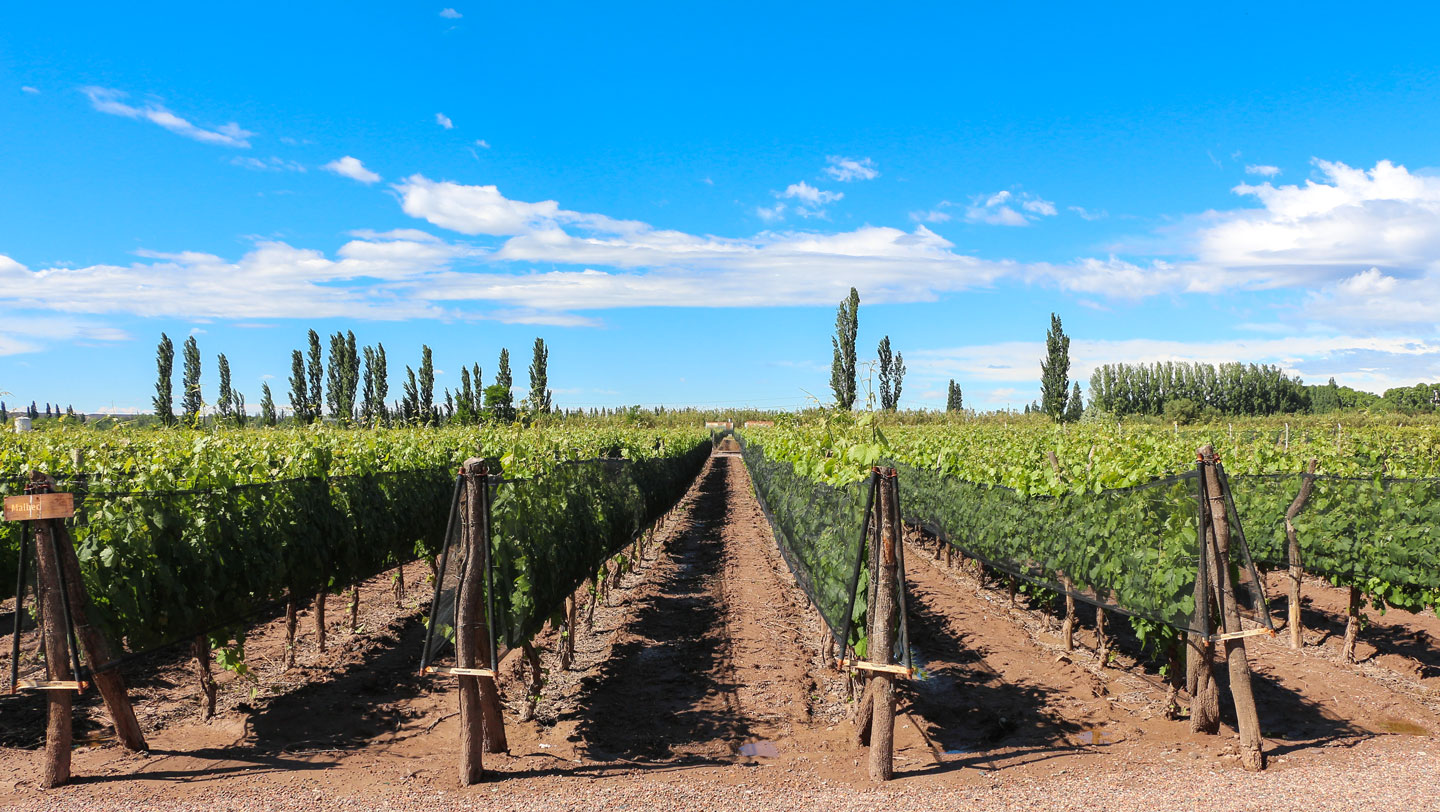 Bodega Dante Robino winery near Mendoza. The city in the Cuyo region is located in the heart of Argentina's wine country, famous for Malbecs and other red wines. The high-altitude vineyards in Argentina are among the highest in the world.
Image: Bernard Gagnon
Bodega Dante Robino winery near Mendoza. The city in the Cuyo region is located in the heart of Argentina's wine country, famous for Malbecs and other red wines. The high-altitude vineyards in Argentina are among the highest in the world.
Image: Bernard Gagnon
Argentina's economy is the third largest in Latin America and the second largest in South America after Brazil. The country is one of the world's largest agricultural producers; agriculture, forestry, and fishing account for 6.0% of the nation's GDP.
The country benefits from its rich natural resources, a highly literate population, an export-oriented agricultural sector, and a diversified industrial base. But, Argentina suffered during most of the 20th century from recurring economic crises, persistent fiscal and current account deficits, high inflation, mounting external debt, and capital flight. A severe depression, growing public and external indebtedness, and an unprecedented bank run culminated in 2001 in the most severe economic, social, and political crisis.
Under
Cristina Fernández de Kirchner (the former president and current vice president), the economic growth of previous years began to slow sharply as government policies held back exports. In December 2016, Fernández was accused of illegally taking public funds meant for public works between May 2003 (when she was First Lady of Argentina) and December 2015. This led to her indictment in a corruption case.
After being elected into office in November 2015, then-President Mauricio Macri has taken significant steps to liberalize the Argentine economy. His administration lifted capital controls, floated the peso, negotiated debt payments with holdout bond creditors, and removed export controls on some commodities.
Financial Institutions
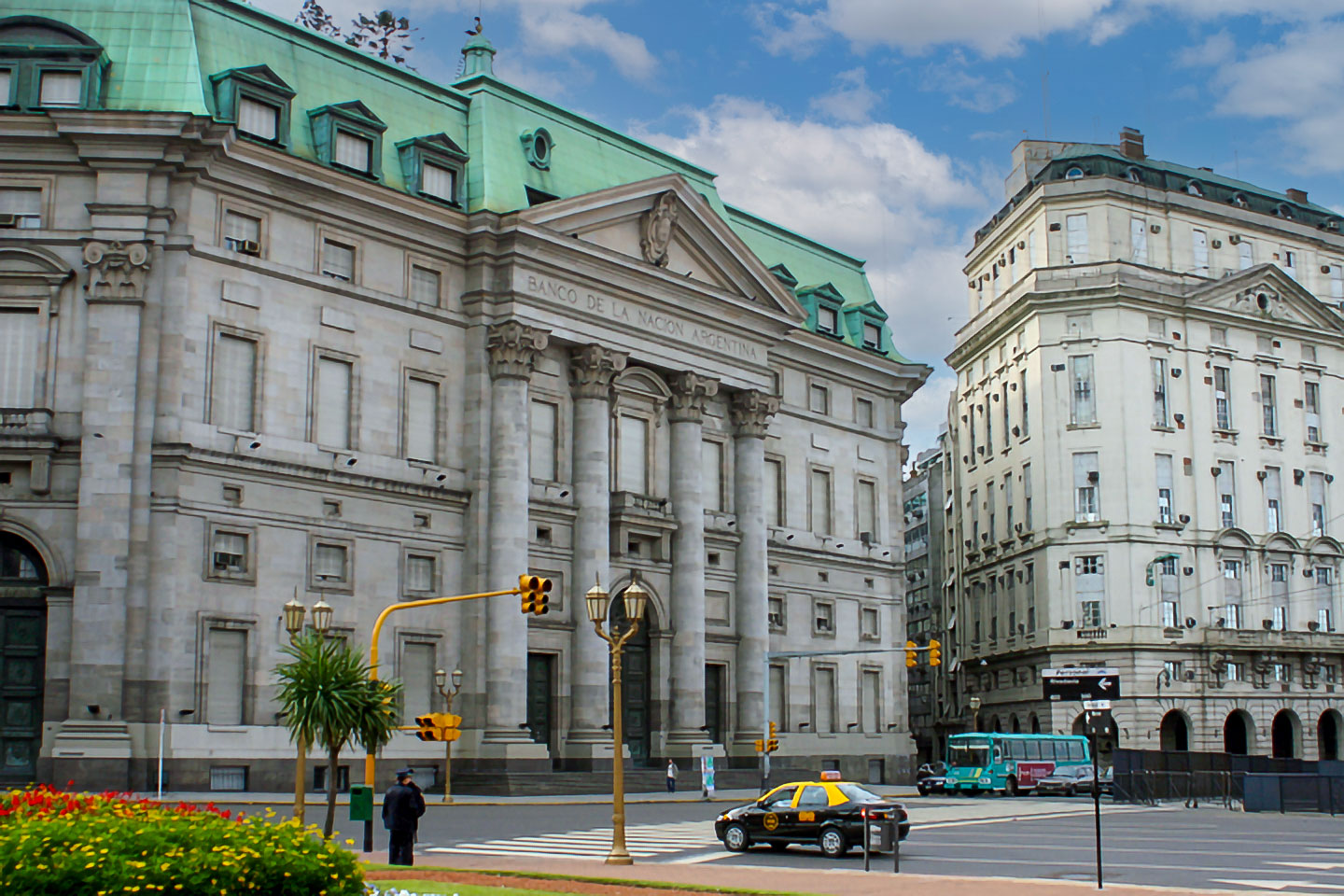 Headquarters of the National Bank of Argentina in Buenos Aires.
Image: April Killingsworth
Headquarters of the National Bank of Argentina in Buenos Aires.
Image: April Killingsworth
Central Bank of the Argentine Republic.
Banco de la Nación Argentina -
BNA - The Bank of the Argentine Nation, known as Banco Nación, is the country's largest bank.
Bolsa de Comercio de Buenos
Aires
Buenos Aires Stock Exchange.
Cámara Argentina de Comercio
Argentine Chamber of Commerce.
Major Companies in Argentina
Energy
YPF
YPF is Argentina's largest energy company. The majority state-owned company is active in the exploration, production, refining and marketing of oil and gas products.
Banking
Banco Santander Río
One of the largest banks in Argentina, Banco Santander Río offers a wide range of financial products and services to individuals, businesses, and institutions.
Retail
Mercado Libre
Mercado Libre is Latin America's largest e-commerce platform. The company has operations in many Latin American countries and offers a wide range of products and services, including online marketplaces, payments, and shipping.
Food and Beverage
Arcor
Arcor SAIC is one of Argentina's largest food companies, producing a variety of foods, candies, chocolates, cookies, candies, ice cream and baked goods sold in more than 120 countries.
Telecommunications
Telecom Argentina
A
leading telecommunications company in Argentina, Telecom Argentina provides mobile, internet, and other telecommunication services to consumers and businesses.
Automotive
Fiat Chrysler Automobiles Argentina
Fiat Chrysler Automobiles Argentina is a subsidiary of the Italian-American carmaker that produces and sells Fiat and Jeep vehicles in Argentina.
Agriculture
Cresud
One of the largest agricultural companies in Argentina is based in Buenos Aires and produces agricultural commodities in Latin American countries. It operates in the Agricultural Business, Urban Properties and Investment business areas.
Transportation
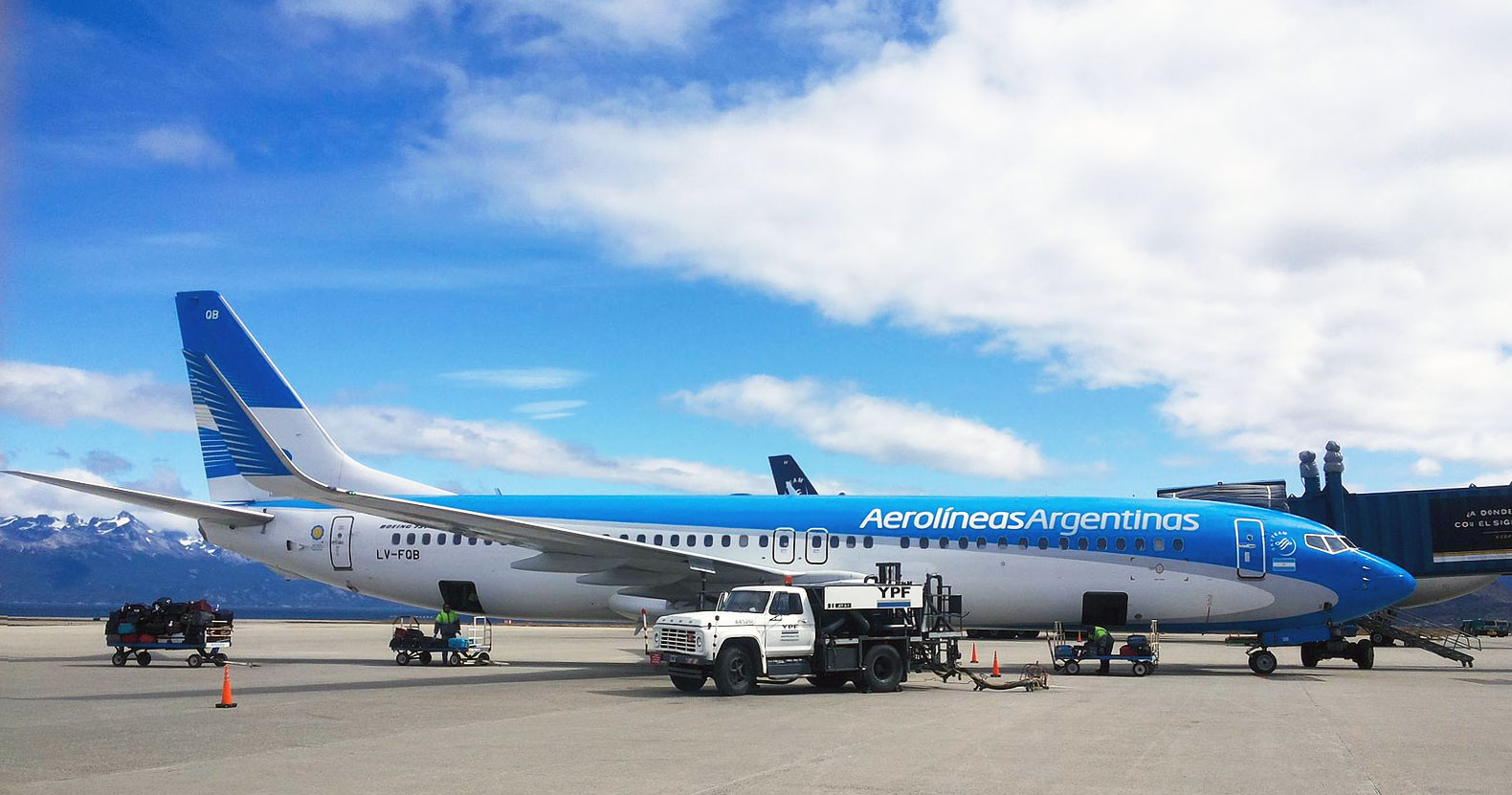 Malvinas Argentinas International Airport in Ushuaia, the capital of the Argentine part of Tierra del Fuego. A Boeing 737 of Aerolíneas Argentinas, Argentina's largest airline, is being refueled on the tarmac by a YPF airport refueling vehicle.
Image: Gastón Cuello
Airline
Aerolineas Argentinas
Malvinas Argentinas International Airport in Ushuaia, the capital of the Argentine part of Tierra del Fuego. A Boeing 737 of Aerolíneas Argentinas, Argentina's largest airline, is being refueled on the tarmac by a YPF airport refueling vehicle.
Image: Gastón Cuello
Airline
Aerolineas Argentinas
Argentina's flag carrier and largest airline.
LATAM Argentina
LATAM Argentina was an airline based in Buenos Aires; it ceased operations on 17 June 2020.
Railroad
Ferrocarriles Argentinos
With its 37,000 km long rail network, the Argentinean railroad is one of the most extensive in the world. In the 1990s, the Argentine government began privatizing the state railroads, but the service of Argentine railroads deteriorated significantly in the following years. The privatization was ultimately reversed in 2015 with the creation of Nuevos Ferrocarriles Argentinos.

